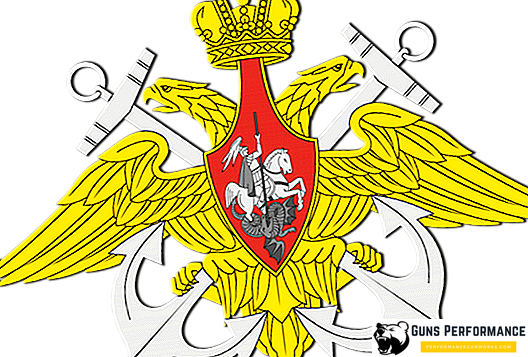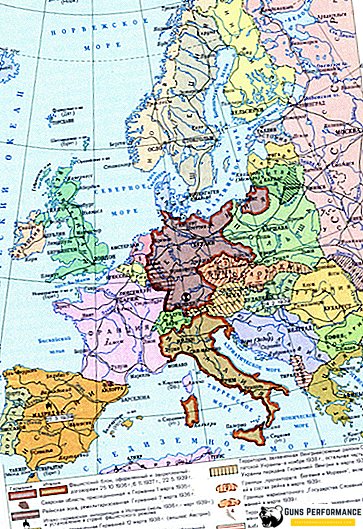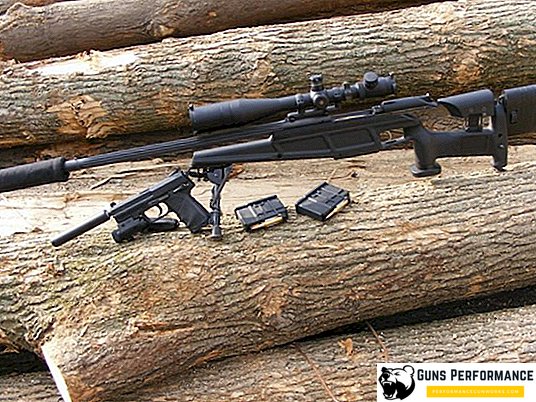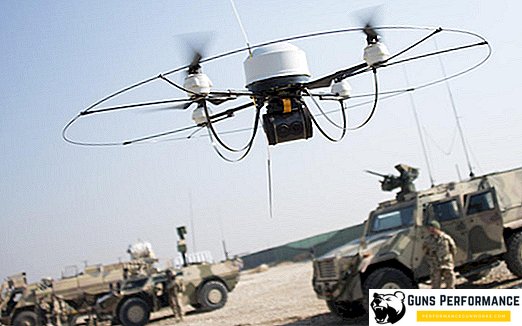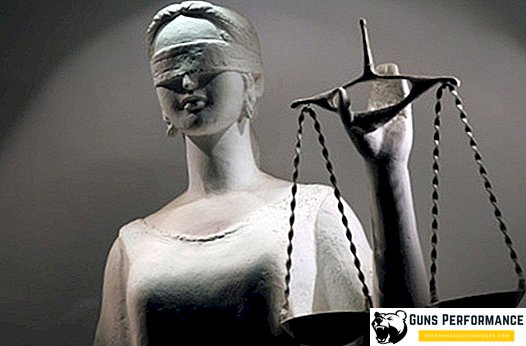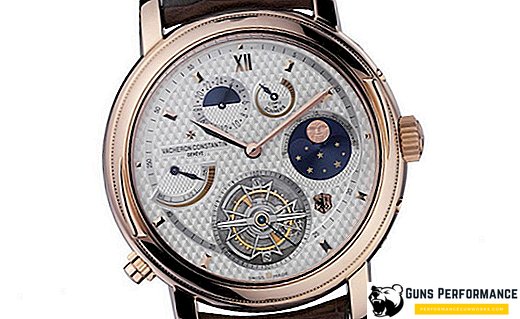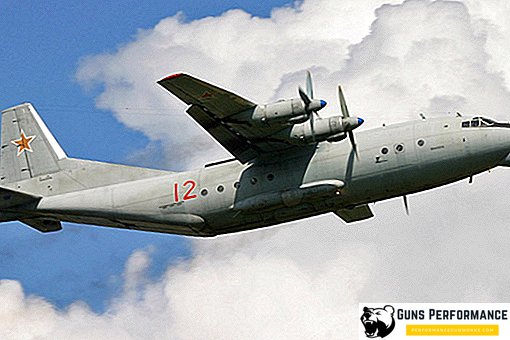The first demonstration of the Su-33 was held in Zhukovsky during the Aviation Day celebration in August 1991. Aerobatic testing, namely take-off from the nasal springboard followed by a horizontal landing using aerofinishers, was demonstrated by test pilot Pugachev in November 1989. In August 1998, the deck fighter was adopted by the Russian Air Force.
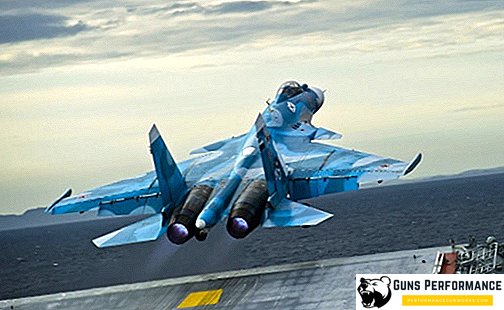
Features of the deck fighter Su-33
This model of a ship-based fighter is designed for air defense and can carry out a springboard and aerofin landing at the deck of an aircraft carrier cruiser, for example, the aircraft carrier Admiral Kuznetsov. It has special features:
- To increase the flight range, a flight refueling system was equipped with a retractable fuel rod;
- an additional horizontal tail deflection was installed;
- parachute-brake installation was canceled, instead of it a new lowered landing hook was installed having special exhaust, tightening and damping systems;
- a new type of specific airborne and coherent equipment has been installed (anti-impulse-Doppler radar) for flying against the sea or land and landing on the deck of an aircraft carrier;
- wing mechanization changed.

Springboard takeoff and landing on the deck of an aircraft carrier, it is a very difficult task for the pilot, truly aerobatics driving a fighter. During the landing, the load on the pilot exceeds 8–9 units, since it is very difficult to get into a short segment of the deck between the aerofinisers, and the deviation from the center line should be no more than 3 meters. To improve these skills use engineering and technical complex, the landing system "Thread" (with imitation of the deck), located in the Crimea. In 2018, 20 pilots plan to improve their training there.
Features of the layout of the deck fighter Su-33
Su-33 is a fairly new Russian carrier-based fighter with horizontal takeoff and landing, its execution scheme is an unstable triplane of an integral layout with three bearing surfaces.
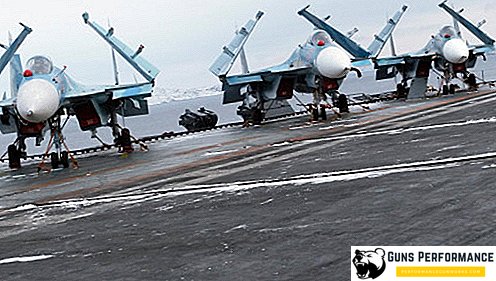
Considering the specifics of landing on the ship’s deck, related to the descent speeds (the plane lands without leveling) and vertical overloads, the design of the wing and fuselage of the fighter’s ship modification is significantly enhanced. Wing consoles modified and made folding, with:
- one-section flaperone is replaced with two separate controls (two-section flap and aileron hanging);
- swivel socks are made in three sections with an increased area;
- the fixed part of the console is equipped with an additional node for the suspension of rockets, respectively, its area has increased to 67.8 meters.
The front and main landing gear of the Su-33 are reinforced and have special technical components for ship towing and mooring. The front support has become a telescopic and two-wheeled, in addition, it is equipped with a three-color warning lamp and additional landing lights. The indicator lights give information to the landing director about the aircraft's position on the glide path and what the landing speed is.
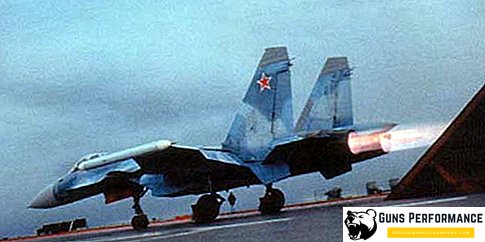
The cabin is equipped with flight navigation instruments with a multifunctional indicator on the background of the windshield. It displays all the necessary tactical, navigation, and targeting information that allows you to effectively perform combat missions day and night in any weather conditions. The cockpit has special life support systems that support the normal operating conditions of the pilot in all modes of operation. Protective equipment of the pilot includes high-altitude compensating or anti-overloading suits, and for flights in the surface space there is a VMSK - a marine high-altitude rescue kit. The pilot's mask is equipped with an oxygen system for supplying an air-oxygen mixture at altitudes up to 8000 km.
Engines and air intakes Su-33
The deck fighter Su-33 is equipped with two turbojet AL-31F twin-circuit engines with displacement of flows behind the turbine. They are economical and powerful, have a modular design consisting of 14 blocks. The modules are represented by a high-pressure compressor with 10 stages with an adjustable first group of stages, a low-pressure compressor with 4 stages and an adjustable guide inlet, an annular combustion chamber, an external circuit, cooled high and low pressure single-stage turbines, a supersonic nozzle and an afterburner .

The AL-31F engines have a long working life (1500 hours before the first repair) and are successfully operated in a large fork of speeds and flight altitudes. Demonstrate stable operation in an inverted, flat and straight corkscrew on the modes of deep air intake surging. It is possible to work the AL-31F in a special mode, in which the thrust can briefly rise to 12900-13000 kgf. The motors are controlled by a gyro-electronic system with an electronic analog limiter-regulator KRD-99, a RSF-31 afterburner controller and a nozzle controller, and an HP-31 pump regulator.
The AL-31F have an upper arrangement of units, a closed oil system and work on aviation kerosene of the brands RT, TS-1, T-1. Specific fuel consumption: with a minimum cruising mode of 0.67 kg / kgf. h, at the maximum - 0.75 kg / kgf. h, in the afterburner - 1.92 kg / kgf. h
Placed under the influx of a wing of a fighter, adjustable air intakes allow it to reach speeds of 2 times the speed of sound. They prevent various foreign objects from entering the engines during takeoff and landing.
Features of the Su-33
Guided missile armaments include air-to-air missiles:
- UR medium range R-27E and R-27 with radar semi-active homing heads;
- UR with self-guided thermal heads Р-27Т and Р-27 ЭТ;
- R-73 melee rockets.
To strike at sea and land targets used unguided weapons. This includes S-8, C-13, C-25-OFM missiles, as well as high-explosive and high-explosive fragmentation bombs with a caliber of up to 500 kg, incendiary tanks ZB-500.
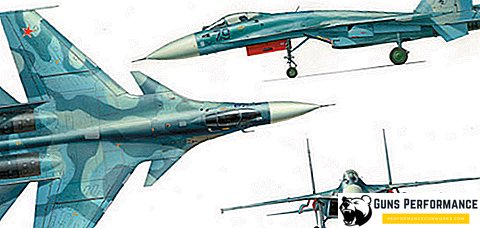
Gun armament is represented by a single-barreled gun GSH-301, 30 mm caliber and 150 rounds of ammunition.
Technical characteristics of the gun:
- effective range of air / ground targets, m - 800/1200;
- rate of fire - 1600-1800 shots per minute;
- the initial velocity of the projectile is 60 m / s.
For the suspension of weapons use 12 pylons, 8 of them are on the consoles of the wings (2 on the ends and fixed parts and 4 on folding), 2 on the middle parts of the nacelle and between the engines nacelles.

The armament of the Su-33 combat vehicle is controlled by the SUV-23K system, which allows you to pre-detect, lead and hit ground, air and sea targets in any weather conditions and at any time of the day. The package includes: electron-optical aiming system OEPS-27K, sighting radar complex RLPK-27K, systems of objective control and a single display, the interrogator of the recognition system.
A ship-based fighter can also carry weapons such as the heavy Moskit 3M80 anti-ship guided missile, which is mounted under the fuselage between the engine nacelles on a special ejection device. The mass of a full set of weapons - 6500 kg.
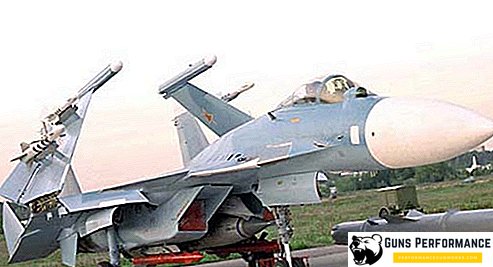
Technical and flight characteristics of the Su-33
Main performance characteristics and masses:
- length (with rod AML) / height of the aircraft, m - 21.15 / 5.85;
- full wing span / span with folded arms, m - 14.7 / 7.4;
- take-off weight with full refueling - 29940 kg;
- maximum take-off - 33,000 kg;
- maximum during landing (landing) - 22,300 kg.
Basic flight characteristics:
- detachment speed during take-off from a springboard / approach speed, km / h - 140/240;
- flight ceiling - 17000 m;
- max speed at height / near the ground, km / h - 2300/1400.
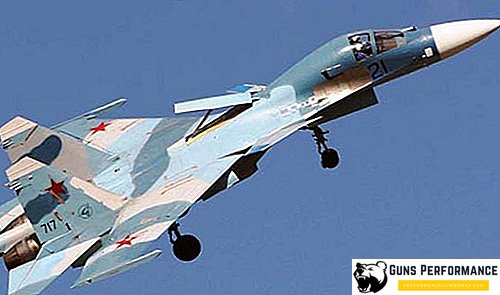
Su-33 is the most long-range and powerful ship-based fighter in the world. It is produced in Komsomolsk-on-Amur, where, until 2018, more than 2,000 Sukhoi aircraft were launched. In 2018, this deck fighter intends to maintain its position in foreign supplies. In Russia, it is recognized as one of the priorities for the development of marine deck-based aviation in 2018.


